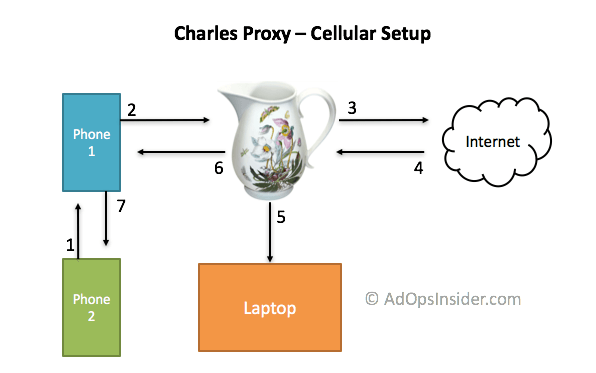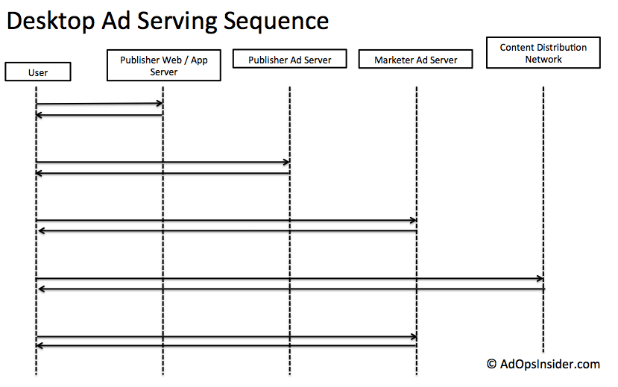We’ve all seen them; you’re casually browsing your favorite app or playing a game on your phone and suddenly you’re being redirected to the app store to download Candy Crush. What gives? It’s another obnoxious mobile app store redirect ad that’s automatically sending you to the app store without a click.
These are the pop up ads of the mobile age and virtually everyone hates them, including the chain of mobile publishers, exchanges, and other ad tech that unwittingly served them in the first place. But they can be quite difficult to find; because no one wants to serve them they are purposefully targeted and served in a way that makes them difficult to replicate. TechCrunch wrote a good overview of the complexity of this problem in 2015, and also linked to Sergei Frankoff’s detailed technical description on the Sentrant blog of how frame-busting JS combined with 302 redirects was able to automatically open the app store.
Below is a step-by-step guide designed for ad operations teams to demonstrate how to use Charles Proxy to identify and eliminate a mobile app store redirect ad, though it unfortunately won’t act as a detection system or a blocker of any kind. Thankfully most exchanges have found ways to ban frame busting code like the one mentioned in the TechCrunch article at this point.
Step 1: Start recording your web traffic with Charles Proxy
Charles Proxy is a program that will sit between your browser and the internet and record all the different interactions when loading a web page, even those you can’t see in the source code. The benefit of using Charles is it doesn’t matter how fast the page redirects or how many parties are involved in the process. Charles will record everything and let you meticulously search through all the interactions at your own convenience. It has a free trial version, but if you work in ad operations you should just buy a license. The tool is essential for all sort of debugging needs, and a license is just $50.
Step 2: Catch a redirect to the app store by navigating through your app
This is the hard part. Mobile app store auto redirect ads are typically frequency capped, targeted in obscure ways to avoid detection, and are difficult to replicate. If you’re having trouble, see the Advanced section at the bottom of this article for ways to speed up the process. Make sure you leave Charles Proxy recording your traffic, since you’ll search through the results to find the root source of the mobile app store ad. I’m not trying to pick on Candy Crush here in particular either, they’re just a popular example these ads point toward. (more…)



